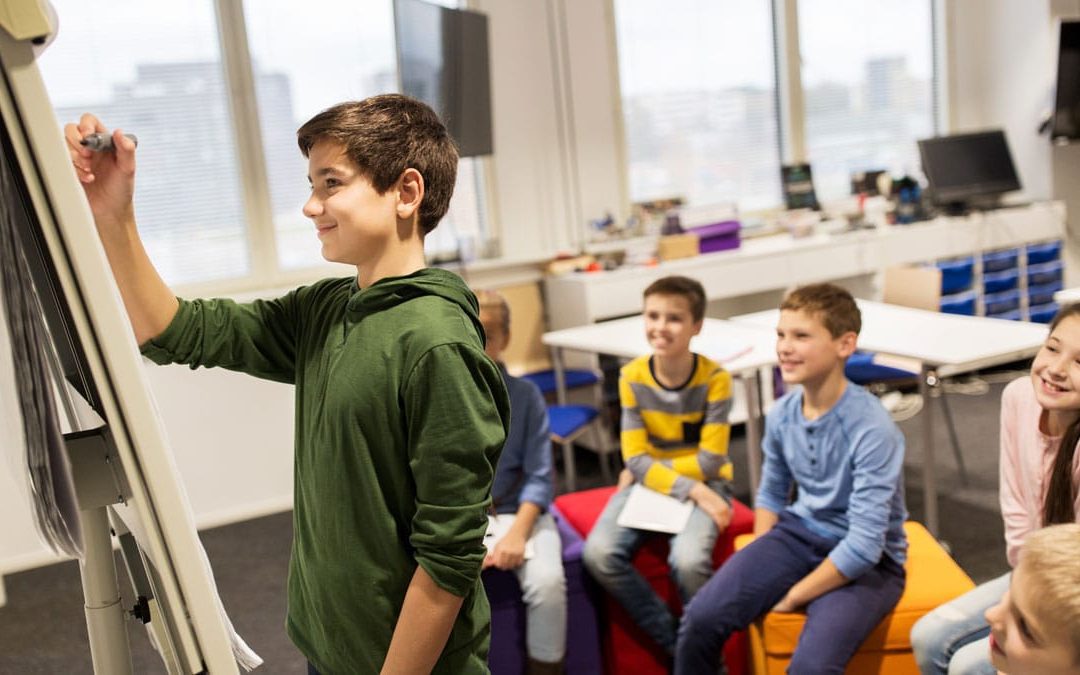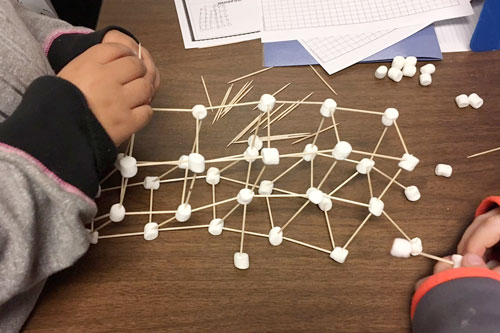Chances are that when you were in school, education revolved around filling your head with facts and an array of general information on subjects ranging from mathematical equations to American literature. Although this was the path toward success in the past, it’s no longer true in the age of Google. It’s now the age of dealing with a plethora of information accessible on that mini computer (almost) attached to your hand called the smartphone. (Unless you’ve got a smartwatch: then it’s literally attached.)
One major issue facing humanity seems to be in acquiring soft skills, which are everything a person needs to be successful in his or her career other than academic skills. Skills such as communication, relating to others, and self-discipline are on the minds of most educational institutions and parents hoping to help kids prepare for the future. Another thing on their minds? Automation.
With reports that AI will take an increasing number of jobs in the coming years and that jobs in accounting and law will be lost to automation within the next decade, there will no doubt be a seismic shift in how our society functions. However, we are nowhere near close to automating jobs revolving around soft skills; doctors, social workers, educators, therapists, and those jobs which involve social components, such as your dentist’s calming bedside manner when you have a near-panic attack during your annual check-up. Very important.
Phil Burton-Cartledge, program lead for sociology at the University of Derby in the U.K., advises students by saying, “When it comes to advice about higher education, I’d recommend students go for more generalist as opposed to specialist degrees, whether in the human, natural, or computer sciences. A broad range of skills and competencies is the best way to future-proof people for the challenges coming down the line.”
Take a look at the top tools for twenty-first-century teachers.
Teachers have the advantage of providing students with an array of opportunities to practice skills needed to thrive in the world of tomorrow. These skills include:
- Face-to-face communication. Students practice communication in digital spaces, but they need to know how to handle in-person conversations in which they focus on aspects of nonverbal communication, like eye contact and body posture. Public speaking practice is also a must.
- Problem-solving. Students need practice in dealing with a group of others to meet project goals or deadlines while maintaining group harmony and solving conflicts within the group when possible.
- Mindset. Working well with others has a lot to do with maintaining a positive mindset, ditching negativity, and receiving feedback in stride.
- Critical thinking. With access to endless information, it’s critical for students to get creative and apply logical reasoning, analysis, and prediction to input, as well as transformational knowledge about how to use what they learn in different situations.
Looking for activities focusing on soft skills practice? You’re in the right place. It was Casey Stengel, the former manager of the Brooklyn Dodgers, who said, “getting good players is easy. Getting them to play together is the hard part.” Let this be the driving concept when scheming up ideas for lessons, and try a few of these activities in your classroom.
Close-up on Soft Skills
This activity, posted in 15 Awesome Activities That Teach Job Readiness Skills, is titled “Right Way/Wrong Way Skits” and has students work on defining the most essential soft skills needed as a group and then performing both “right” and “wrong” demonstrations. Students will be learning about soft skills, physically demonstrating soft skills, and literally practicing soft skills all in one activity. Boom.
Vocabulary learning strategies can also be excellent sources of practice in soft skills. “Hot Seat” is an activity requiring communication and critical thinking. First, split the class into two teams and have them sit facing the board. Place one chair for each team facing the team members. Volunteers get a chance to sit in the chair while each team takes turns trying to get their teammate in the hot seat to guess the vocabulary word the teacher has written on the board. Team members can use synonyms, antonyms, definitions, clues, gestures, or any other parameters set. Quite the competitive study activity!
Finally, who doesn’t love in-class building? This activity, “Out-of-the-Box Thinking,” works by dividing the class into teams of up to six players. Giving each team a stack of boxes of all sizes, students have 20 to 30 minutes to build a structure or invention using scissors and tape. (Alternatively, you could give them marshmallows and toothpicks, but things might get sticky; pun absolutely intended.) Students can be asked to design a city given the necessary components, create a commercial development and a marketing campaign to pitch their concept, or design an invention to improve the environment. All the components can be recycled once the activity is finished.
Acquiring soft skills in school gives students avenues towards success for the future in which they will be relying more on face-to-face communication, relating with others, critically thinking and problem-solving, and depending heavily on self-discipline. If they can practice these skills now, they will be in a much better position to utilize them habitually as adults.


